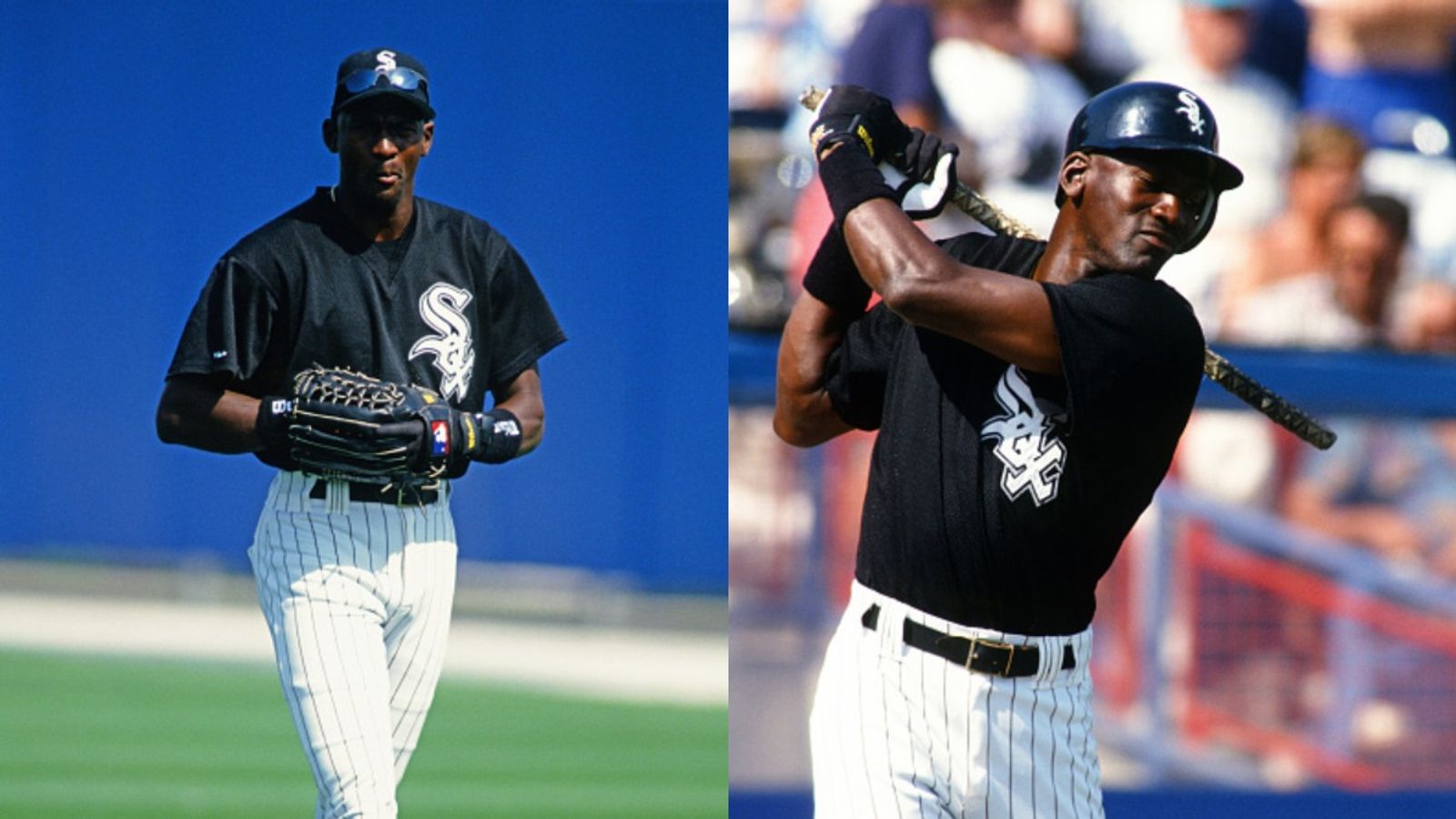Michael Jordan’s iconic 1995 return to the NBA has been recounted countless times, often summarized simply as a reaction to the MLB strike. But as Jordan himself shared, the real story goes much deeper than just a halted baseball season.
"If there was no strike, I’d still be playing baseball"
During a sit-down with Ahmad Rashad, Jordan offered a candid look into the pivotal months that preceded his NBA comeback. He explained that his focus remained on baseball throughout the offseason, with noticeable improvement during his time in the Arizona Fall League.
“If baseball did not have a strike, I would have still been playing baseball at that time,” Jordan said, emphasizing that his passion for the sport remained strong.
The MLB strike had begun in August 1994 but took a significant turn in March 1995, when league officials began planning to use replacement players. Jordan, already in Sarasota for Spring Training with the Chicago White Sox organization, faced a moral crossroads.
Staying true to his principles
Despite his dreams of playing in the majors, Jordan refused to become a replacement player. As a former players' union rep during his time in the NBA, he stood firmly against crossing picket lines or undermining labor negotiations.
Instead, MJ left Spring Training and returned home to Chicago.
“I was really bored…”
Back in Chicago, Jordan admitted to feeling restless and uninspired.
“When I got back home, I was kind of inactive, I was really bored,” he recalled.
To stay active, he visited the Bulls’ practice facility—just to shoot around. That’s when he saw familiar faces: Phil Jackson, Scottie Pippen, and other former teammates.
According to Jordan, it was Pippen who began nudging him toward a comeback.
“Scottie started to work on me: ‘Hey man, what else you doing? Come on back. Let’s play… Come practice with us,’” Jordan recalled.
The spark reignites
Those practice sessions gradually rekindled something within MJ.
“Once I got out there and started practicing, that’s when I felt like ‘Okay, I’m starting to come back.’ Here comes that love, here comes that competition, here comes that drive,” he said.
Soon after, as the MLB players' union voted not to resolve the strike if the season moved forward with replacement players, Jordan made his decision. On March 18, 1995, he sent a now-iconic two-word fax: “I’m back.”
The emotional return
Jordan’s comeback game came the next day in Indianapolis against the Pacers. While physically ready, MJ was emotionally unprepared to return without his late father, James Jordan, whose murder in 1993 played a major role in his original retirement.
“It was tough,” Jordan said. “I had a tough time getting off the plane in Indiana because I knew he wasn’t with me physically… I had to build up strength within myself to pursue life after James Jordan in an arena where he was so much a part of me.”
His return was not quite the vintage Jordan-but he scored 19 in 28 attempts in the 96-103 loss. But, the GOAT soon reminded all of his eminence. Five games later, he went for 55 points in Madison Square Garden, forever engraining the comeback into history.
The White Sox may have lost a prospective outfielder, but the Bulls found the final piece of their second three-peat.


